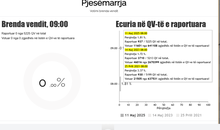
 Flash News
Flash News
Figures from the CEC are out: 42.16% of Albanians within the country voted in the parliamentary elections
Vote counting begins in Pustec, including diaspora votes
The secret office of the PS patronage, among them the director of the Excellence Agency
With hoods on their heads/ DP publishes video of patronage supporters running away
Elections 2025, voting hours officially end

The Secretary General of NATO, Jens Stoltenberg, this week in a few days visited several countries of the Western Balkans to show the support and commitment of the North Atlantic alliance in a region that has on several fronts at the same time several unquenchable hotbeds of fire that endanger security. "This region is strategically important for NATO, and there are some reasons for concern," Stoltenberg told a press conference in Skopje on Wednesday at the end of the Balkan tour. "We see threats of secession in Bosnia-Herzegovina, a fragile security situation in Kosovo, and a stalemate in normalization between Belgrade and Pristina."
Since the end of the Cold War in the 1990s, NATO has played an important role in stabilizing the region. It intervened in Bosnia and Kosovo in the bloody wars that also marked the end of Yugoslavia and the creation of independent states. Today, three of the six countries of the Western Balkans are in NATO. Albania, Montenegro and North Macedonia. Serbia, Kosovo and Bosnia-Herzegovina are not part of the alliance.
Disturbing developments in Kosovo
Enmity between the Serbian ethnic minority and the Albanian majority in Kosovo, recognized only by 22 out of 27 EU countries and the US, has increased. Serbia and Russia deny the independence of Kosovo. In May, NATO troops were injured trying to reduce tensions in northern Kosovo, near the Serbian border. Kosovo Serbs have a deep distrust of the Kosovo authorities and maintain close relations with Serbia. On September 24, four people were killed in fighting between Kosovo police and ethnic Serbs who barricaded themselves in a monastery.
As a result, NATO reinforced troops in Kosovo with 1,000 soldiers and patrols in the Serb-dominated north. KFOR troops thus reach 4,500 people, according to the Reuters agency. Stoltenberg in Pristina said on Monday that NATO will do what is necessary to maintain security, peace and freedom of movement for all people in Kosovo. "We are now reviewing whether we should have a permanent escalation to ensure that the spiral does not spiral out of control and create a new violent conflict in Kosovo or further in the region."
Republika Srpska threatens to secede from Bosnia
Meanwhile, in multi-ethnic Bosnia-Herzegovina, Republika Srpska threatens to secede. This republic constitutes about half of the territory of Bosnia-Herzegovina with about 1.2 million inhabitants, most of them ethnic Serbs. Republika Srpska was created during the violent breakup of Yugoslavia in a bloody context. The EU, which took over the peacekeeping mission in Bosnia-Herzegovina from NATO in 2004, is not at all popular in Republika Srpska, which maintains close ties to Serbia and Russia.
Message for Moscow
Before these crises, at the end of his Balkan tour in Skopje, Stoltenberg in a statement at the head of NATO's allied countries. Albania, Croatia, Montenegro and North Macedonia were partially addressed to Moka. NATO looks to Russia to play a destabilizing role, especially since the start of the invasion of Ukraine. "Authoritarian states like Russia seek to undermine our democracies with cyber and hybrid threats," said Stoltenberg, who is expected to step down as head of the North Atlantic alliance.
According to Bojana Zoric from the European Institute for Security Studies, in general, Russia's goal in the region is to stop the expansion of NATO and their inclusion in the EU. The war in Ukraine has made the existing divisions clear. "The Western Balkans are not unified when it comes to the response to the war in Ukraine." This works in Moscow's favor, according to Zoric. "Russia always wants to seize every opportunity to produce tensions and rekindle old enmities in the region and somehow use ethnic divisions for its own benefits," Zoric told DW.
Taken from Deutsche Welle
Latest news

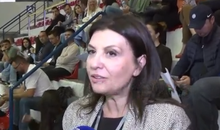
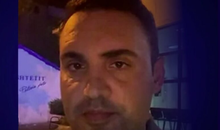

Celibashi with foreign observers arrives at the Olympic Park for Diaspora votes
2025-05-11 22:56:36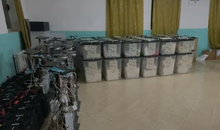
The first 3 boxes in Pustec are counted, how the result is presented
2025-05-11 22:53:25

Helena, as Rama's tool to attack the CEC
2025-05-11 22:31:34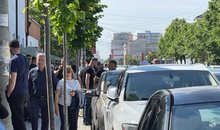
Organized crime "oriented" the vote in Durrës
2025-05-11 22:21:32
Albania is a very strange place.
2025-05-11 22:11:51
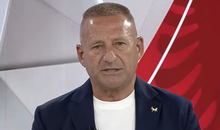
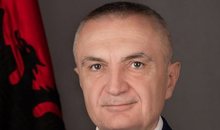
Meta: The drug state is giving up, it cannot stop the people's victory
2025-05-11 21:41:12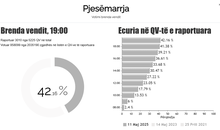

Rape of commissioner and his family in Pogradec, 4 more wanted citizens arrested
2025-05-11 21:24:36
Vote counting begins in Pustec, including diaspora votes
2025-05-11 21:11:22

Tension at the shelter of patronage activists, police escort 3 people
2025-05-11 20:56:33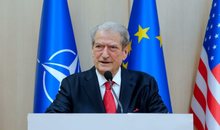
Berisha accuses PS: After "Petro Nini" illegal office also in Astir
2025-05-11 20:56:30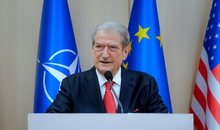


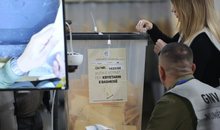
First ballot box counted in Vora, DP leads in Domje
2025-05-11 20:22:06
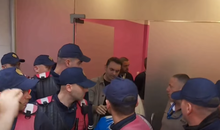
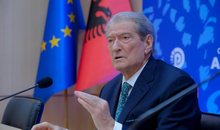

Dibra records record turnout in elections, Vlora least interested
2025-05-11 19:43:00


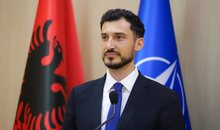
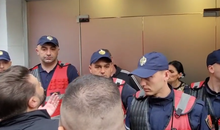
Police intervene at the office of the patronage workers in Tirana
2025-05-11 19:18:52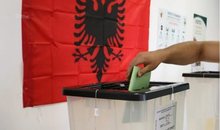
Elections 2025, voting hours officially end
2025-05-11 19:05:14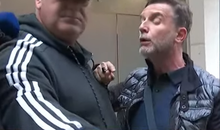
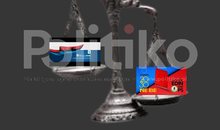
Elections 2025: Law for one party, tolerance for the other
2025-05-11 18:46:14

OSCE-ODIHR observers monitor the voting process in Saranda
2025-05-11 18:22:13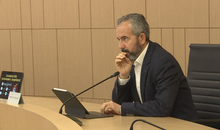
SP's request to postpone voting hours in Vlora fails at CEC meeting
2025-05-11 18:13:04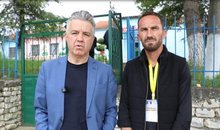
Bozdo: Go out and vote, your will will be unchangeable!
2025-05-11 18:00:38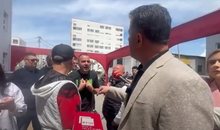
A word of advice for government thugs
2025-05-11 17:52:40
Accident on the Korça - Pogradec axis, two injured near the village of Pirg
2025-05-11 17:50:14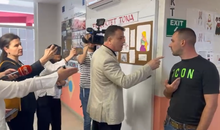


Another person arrested for photographing the vote in Elbasan County
2025-05-11 17:27:53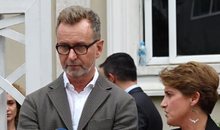
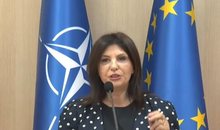
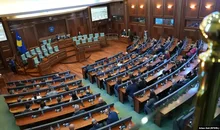


Electoral crimes/ Xibra administrator and a person from Klosi reported to SPAK
2025-05-11 16:55:01
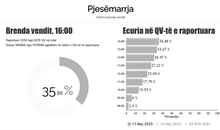
Parliamentary Elections 2025/ National turnout by 4:00 PM reaches 35.88%
2025-05-11 16:45:24
Conflict in Fushë-Milot, police issue statement: No shell casings found
2025-05-11 16:42:20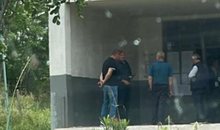
The brother of the SP candidate in Belsh intimidates voters
2025-05-11 16:24:53
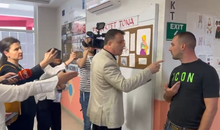
Clashes in Vore CEAZ, CEC revokes observers' accreditation
2025-05-11 16:15:41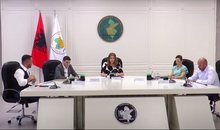

These fruits and vegetables remove toxins from the liver
2025-05-11 16:03:45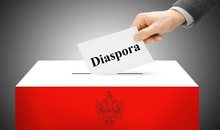
Elections 2025/ Diaspora votes massively, participation until 3:00 PM
2025-05-11 15:59:13
Fight at a polling station in Fushë-Milot, gunshots fired
2025-05-11 15:56:15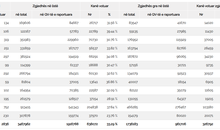
Figures/ Vlora, the region with the lowest voter turnout
2025-05-11 15:37:55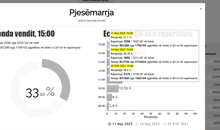
Elections 2025/ What was the voter turnout until 3:00 PM?
2025-05-11 15:32:37
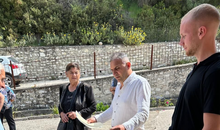
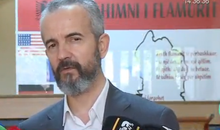
Celibashi: Photographing votes is punishable by 3 years in prison
2025-05-11 15:13:50
Erion Veliaj votes in the Durrës detention center
2025-05-11 14:59:57
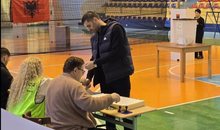


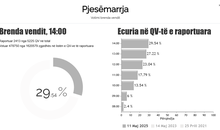
Low turnout, CEC releases figures: How many citizens have voted by 2:00 PM
2025-05-11 14:31:11

Citizens from Kosovo vote in Kukës
2025-05-11 14:11:33
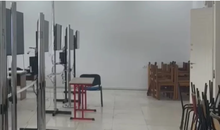
The electoral process in Librazhd is interrupted, a person photographed the vote
2025-05-11 13:54:30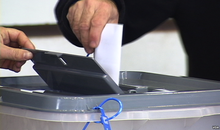
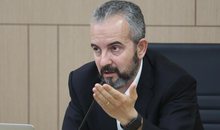
Celibashi: 8% of polling stations opened late
2025-05-11 13:47:12
Tragic accident in Peshkopi, police officer Veli Gjura dies at Trauma Hospital
2025-05-11 13:43:02

Berisha on vote alienation: Whoever violates the law will be held responsible
2025-05-11 13:26:47
CEC: Voter turnout until 12:00, lower than in 2021
2025-05-11 13:00:45

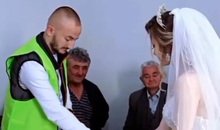
Bride votes before going to wedding in Elbasan: Democracy before the ceremony
2025-05-11 12:41:23
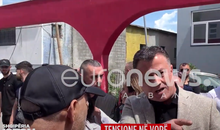
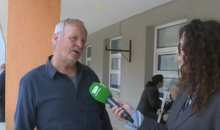
Unprecedented! 101-year-old woman in Fier is not allowed to vote
2025-05-11 12:15:06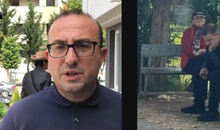

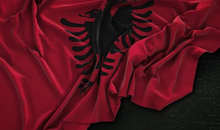

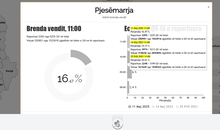
Albania votes, what is the turnout nationwide by 11:00
2025-05-11 11:30:22

2 victims from landslide at construction site in Gramsh, company owner arrested
2025-05-11 11:08:13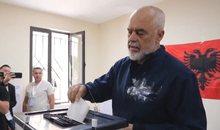
Edi Rama votes in Surrel: Let's wait and see what the people say
2025-05-11 10:57:06
Luan Baçi denounces: A ballot box arrived with 500 missing ballots
2025-05-11 10:50:37
Berisha calls on citizens: Vote for the future of your children in this country
2025-05-11 10:40:45
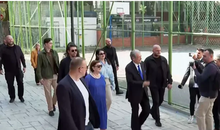
Accompanied by his family, Berisha votes at the "Kosova" school polling station
2025-05-11 10:26:37
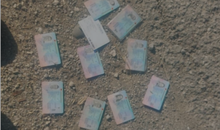
Scandal in Petrela/ A bunch of citizens' ID cards found on the street
2025-05-11 10:09:28